Only three educational institutes in India, the Indian Institute of Technology (IIT) Bombay, the Indian Institute of Science and IIT Delhi are in the top 200 of the Quacquarelli Symonds (QS) 2021 world university ranking.
Institutes from United State and the United Kingdom and one from Switzerland (ETH Zurich-Swiss Federal Institute of Technology in sixth place) dominated the top 10.
The Massachusetts Institute of Technology (MIT) in the United States ranked first, followed by l ‘Stanford University and Harvard University, which ranked second and third. The California Institute of Technology ranked fourth, while the University of Oxford in the United Kingdom ranked fifth.
Among the Indian institutes to be registered, IIT Bombay took first place at rank 172 while IISc, Bengaluru was ranked 185. IIT Delhi ranked 193 in the world. Globally, although no Indian institution is among the top 100 in the world, 26 Asian universities have achieved it. Of these 26, mainland China and South Korea have six each, Hong Kong and Japan have five each, Singapore has two universities, and Malaysia and Taiwan have one each.

These rankings are used as a benchmark by higher education applicants to choose their university. IIT Madras is ranked 275 while IIT Kharagpur ranked 314. The University of Delhi has ranked 501-510. A total of 21 Indian institutes are on the list of 1,000 educational institutions worldwide. In last year’s ranking, the same three institutes had reached the top 200. However, a total of 24 Indian institutes made it to the list of the 1,000 most important educational institutions.
In the QS World University Rankings, the institutes are evaluated on six metrics. These include academic reputation (40 percent weightage), employer reputation (10 percent), faculty/student ratio (20 percent), citations per faculty (20 percent), international faculty ratio/student ratio (5 percent each).
Most of India’s top higher education institutions have slipped into the latest edition, including at least 10 that were reported by the government as part of the Scheme Eminence Institution (IoE). IoEs that have declined in the past 12 months include IIT-Delhi, IIT-Madras, IIT-Kharagpur, IISc-Bangalore, University of Delhi, Central University of Hyderabad, Manipal Academy of Higher Education (MAHE), Institute Birla Technology and Science, Pilani (BITS-Pilani), Anna University and Vellore Institute of Technology (VIT).
Overall, 21 Indian universities and institutes have found a place this year among the world’s top 1,000, as opposed to 25 last year. IIT-Bombay retains its status as country’s top university, followed by IISc-Bangalore, IIT-Delhi, IIT-Madras, IIT-Kharagpur, IIT-Kanpur, IIT-Roorkee, IIT-Guwahati, Delhi University and IIT-Hyderabad. Of the 21, 14 have fallen in rank and only four – IIT-Guwahati, IIT-Hyderabad, OP Jindal University, and Savitribai Phule Pune University – have improved their position. Private IoEs BITS-Pilani and VIT are among the four institutions that have been dropped from the top 1,000 universities. Last year, they were placed in the 801-1000 band.
The IoE program, a favorite project of the Prime Minister’s Office launched under the NDA-II government, aims to create an enabling architecture for 10 public and 10 private institutions to help enter the world’s top 500 in a decade and, Finally, in the top 100.
IoEs are proposed to have greater autonomy compared to other higher education establishments and the 10 government institutions, in addition to autonomy, will also earn Rs 1 billion each from the Ministry of Development of Human resources for five years.
The lower ranks provided by public IoEs are important because their selection for “eminence” status was based on their performance on the QS WUR, among other criteria. Although the first tranche of institutions selected for eminence status was announced in 2018, public institutions have not been able to make much progress, as they have received only about a quarter of the funds committed by the government for 2018-19 and 2019 -virt.
The rating agency attributes the “regressive performance” of Indian institutions to the low levels of internationalization and the teacher / student ratio. “Indian universities continue to experience low levels of internationalization and high class sizes, which impede better performance.
Although the Indian Institutes of Technology perform well in terms of reputation and research statistics, they also score low, relative to the world, in terms of teaching ability and levels of internationalization.


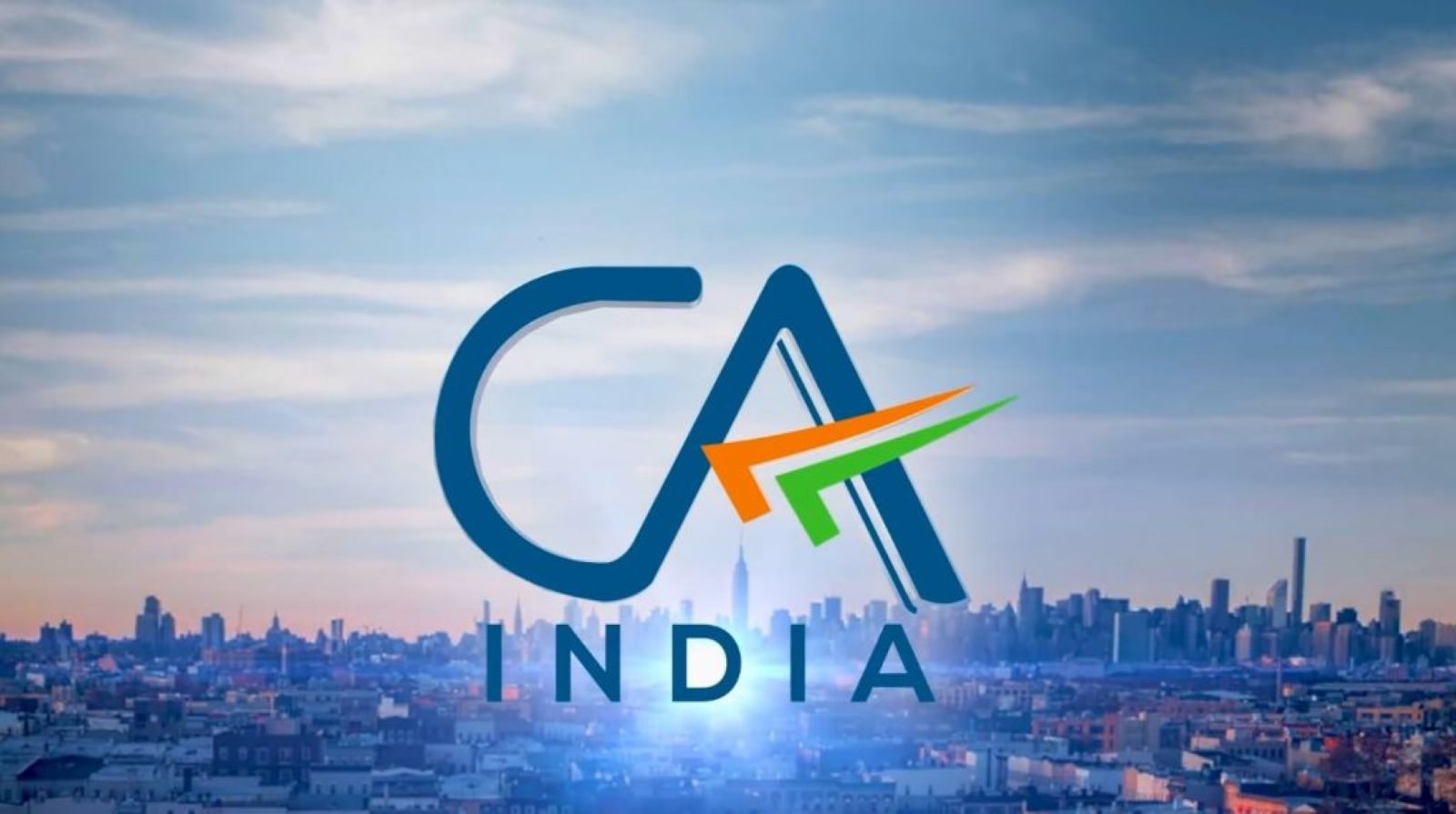
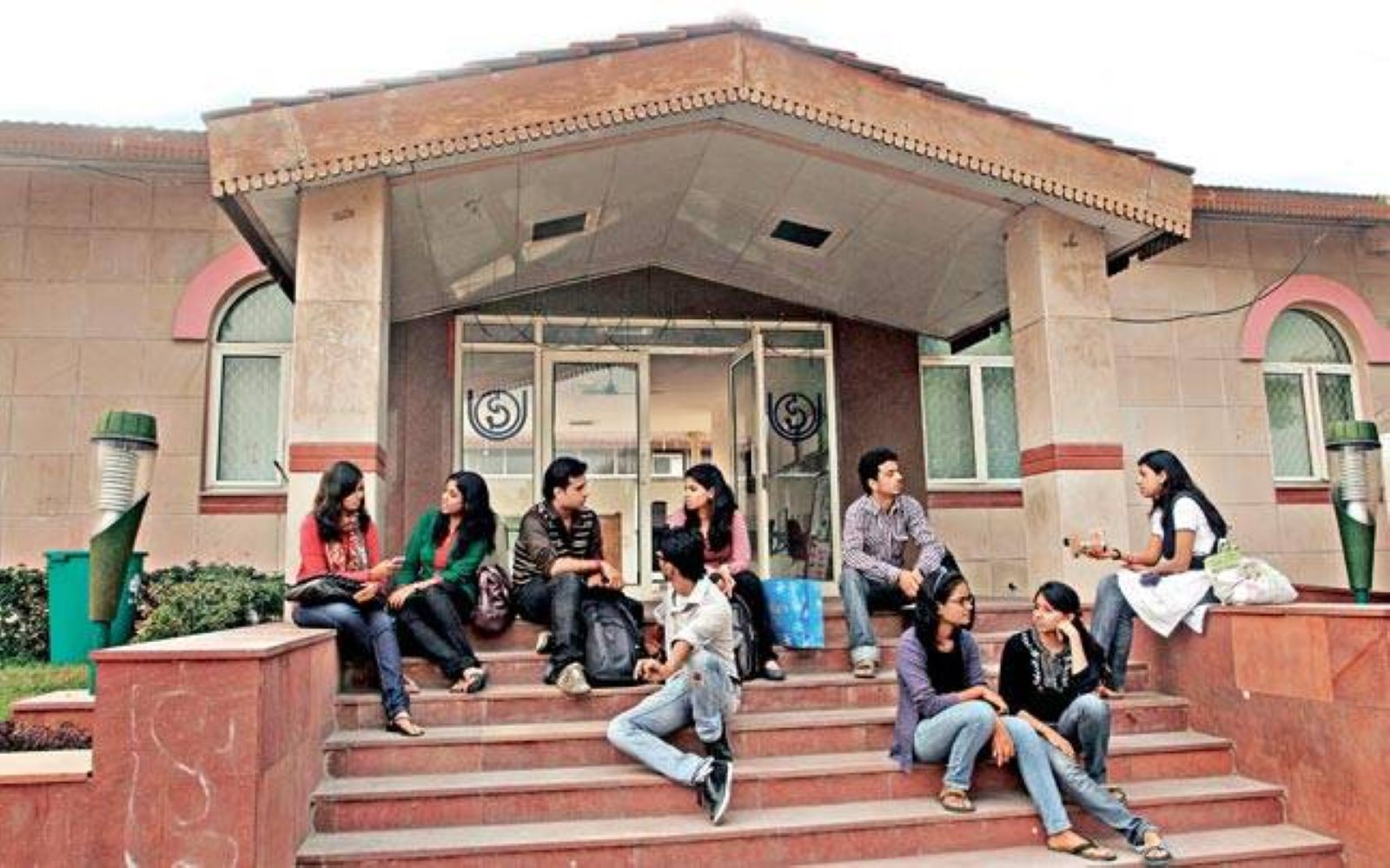


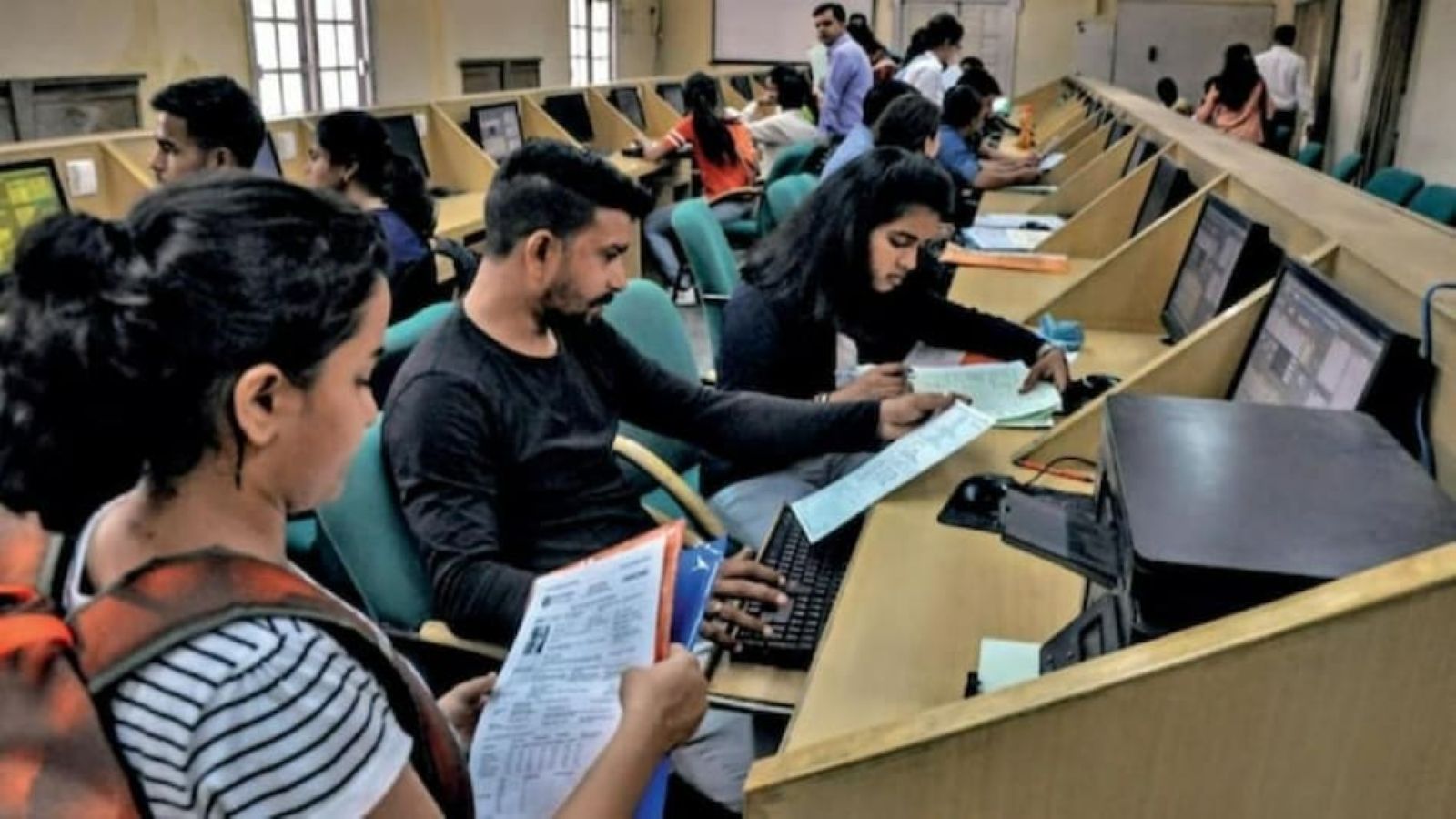
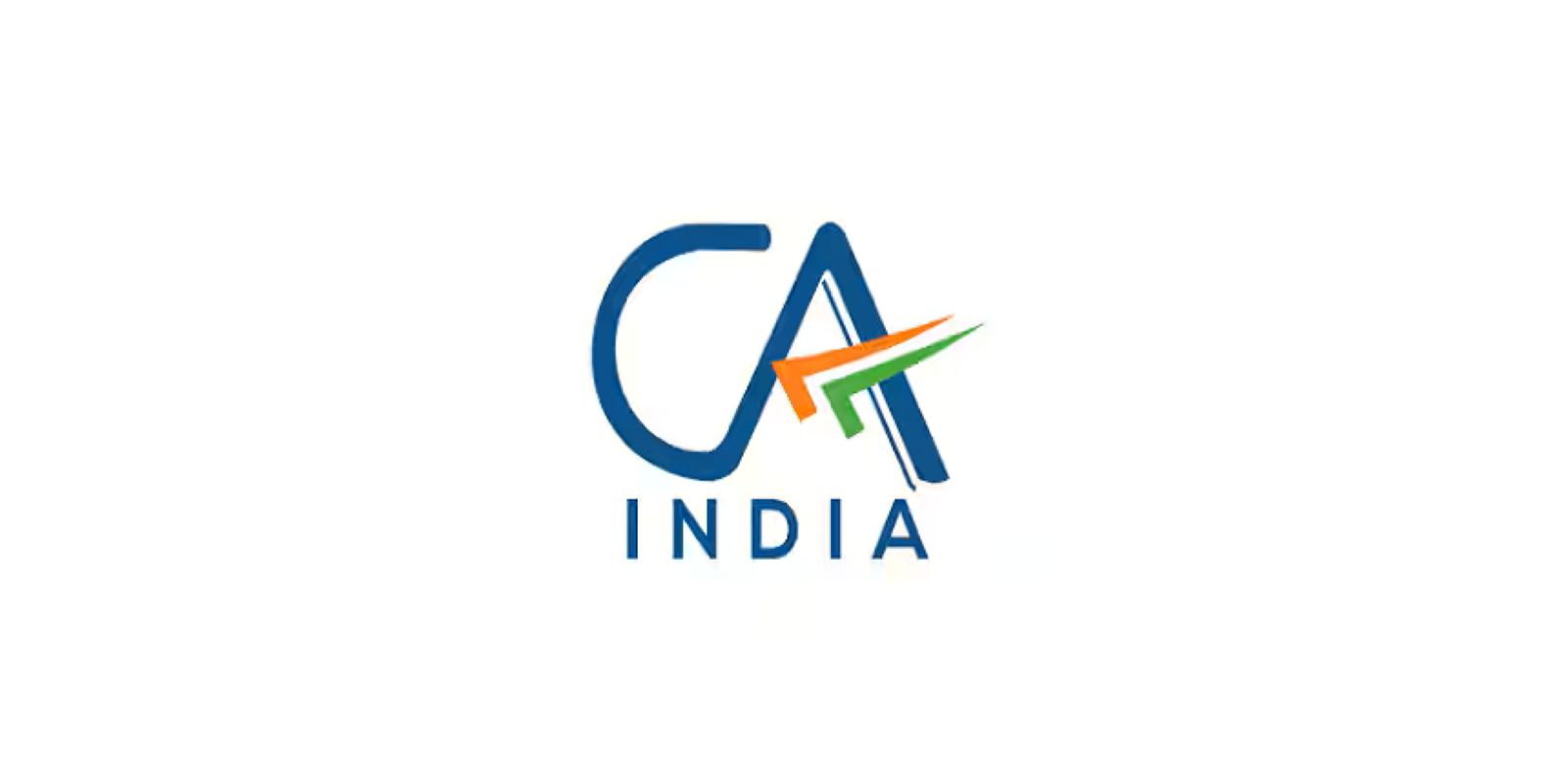


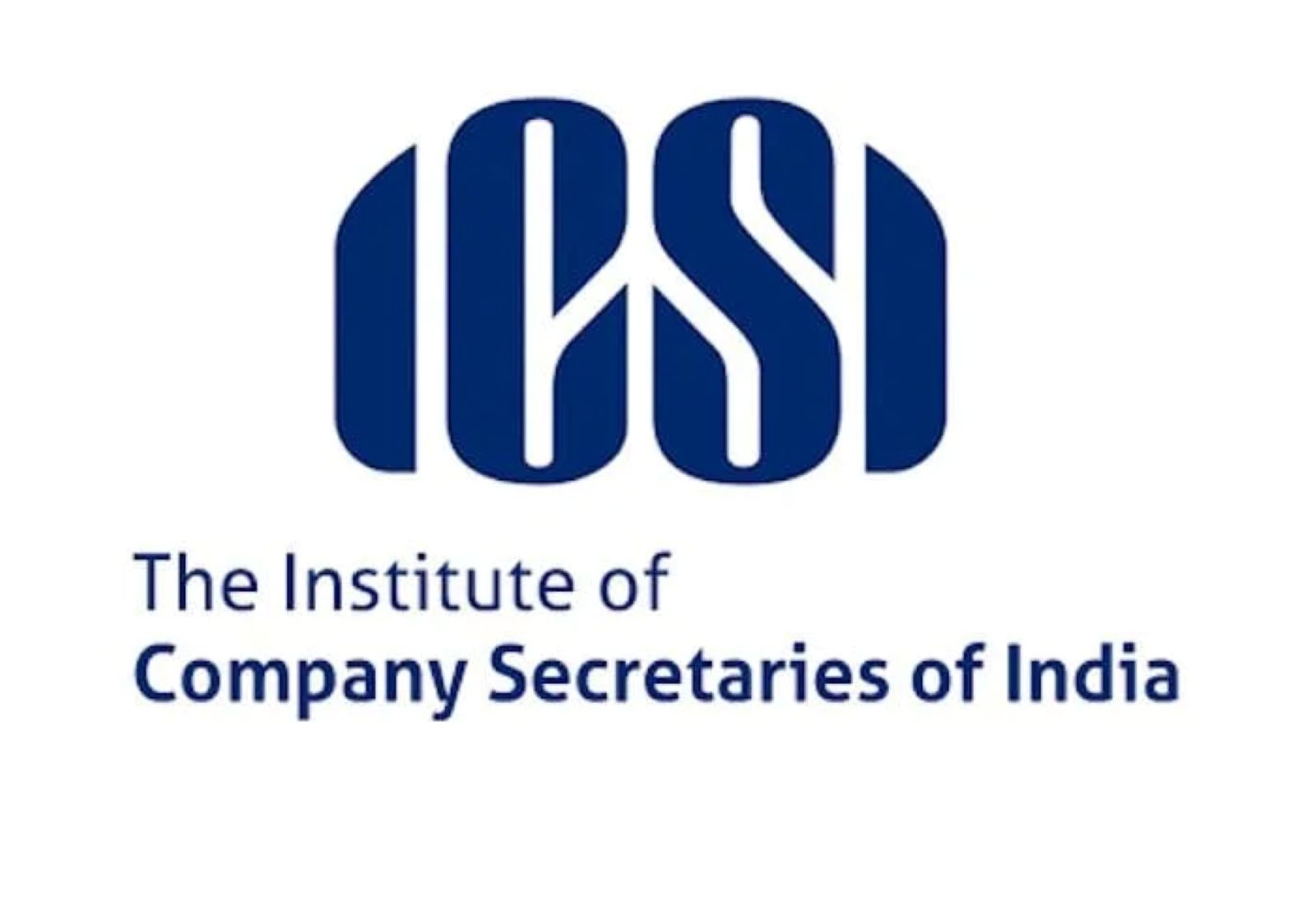
More Stories
IIT Delhi Tops QS World University Rankings 2026 Among Indian Institutions, Surpassing IIT Bombay
ICAI CA September 2025 Exam Dates Announced: Check Complete Timetable for Final, Intermediate & Foundation Courses
IGNOU Re-Registration for July 2025 Session Begins: Step-by-Step Guide to Apply